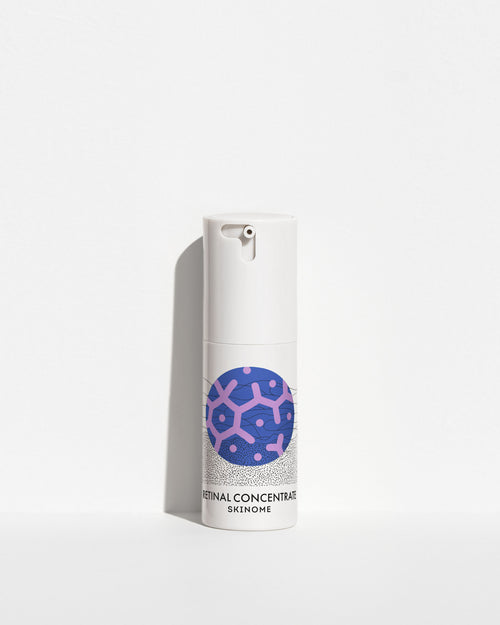Hormonernas roll i kroppen
Hormoner spelar en avgörande roll i många av kroppens funktioner. De hjälper till att reglera och koordinera aktiviteter som vår sexuella utveckling, ämnesomsättning och övergripande kroppsfunktioner. Hormonstörande ämnen kan imitera eller störa de naturliga hormonernas funktioner i kroppen. De kan binda sig till hormonreceptorer, vilket kan aktivera eller blockera de naturliga hormonernas effekter. Detta kan leda till en rad olika hälsoproblem, eftersom kroppens hormonella balans är avgörande för normal funktion och utveckling.
Hälsorisker
Hormonstörande ämnen kan orsaka flera allvarliga hälsoproblem. De kan störa kroppens endokrina system, kroppens reglering via hormoner, vilket är avgörande för att upprätthålla fysiologisk balans. Störningar i detta system kan leda till olika sjukdomar som fetma, typ 2-diabetes och olika cancerformer. Exponering för dessa ämnen sker ofta över tid och kan ha ackumulerade effekter, d v s flera olika effekter samverkar med varandra, vilket gör det svårt att direkt koppla specifika sjukdomar till specifika exponeringar. Det finns också en cocktaileffekt att beakta, där blandningen av olika kemikalier kan ha starkare eller annorlunda effekter än de enskilda ämnena.
Några sjukdomar och hälsoproblem som forskningen tror kan vara kopplade till hormonstörande ämnen är följande:
Cancer: Bröstcancer, prostatacaner, testikelcancer och sköldkörtelcancer.
Fetma och diabetes: Typ 2-diabetes har mer än fördubblats sedan 1980.
Endometrios: d v s förekomst av livmoderslemhinna utanför livmodern.
Födsloeffekter: Låg födelsevikt, avbrutna graviditeter och missbildningar i könsorganen hos unga pojkar.
Bröstutveckling: Unga flickor kommer in i puberteten och utvecklar bröst tidigare.
Graviditet, små barn och hormonstörande ämnen
Under graviditeten och de tidiga barndomsåren är vi särskilt känsliga för effekterna av hormonstörande ämnen. Foster och små barn har ännu inte fullt utvecklade system för att hantera dessa ämnen, vilket gör dem mer sårbara. Det är därför viktigt att gravida kvinnor och föräldrar till små barn är särskilt uppmärksamma på produkterna de använder och de miljöer de befinner sig i för att minimera risken för negativa hälsoeffekter. Det mest kritiska skedet för hormonstörande effekter är fosterstadiet. Om ett foster utsätts för ett hormonstörande ämne kan det innebära effekter på hjärnans utveckling eller ökad risk för att drabbas av sjukdomar i vuxen ålder. Hos en vuxen människa kan kroppen på ett bättre sätt själv reglera nivåerna av hormoner men i foster och små barn är denna mekanism inte lika utvecklad vilket ökar risken för att ett hormonstörande ämne kan få långsiktiga negativa effekter.












